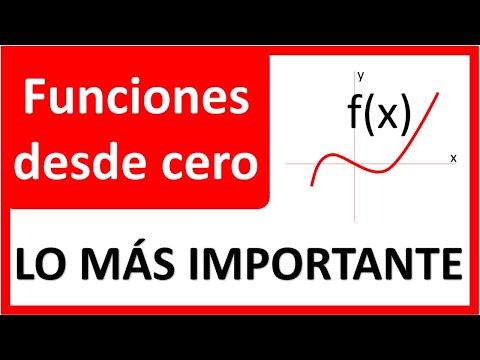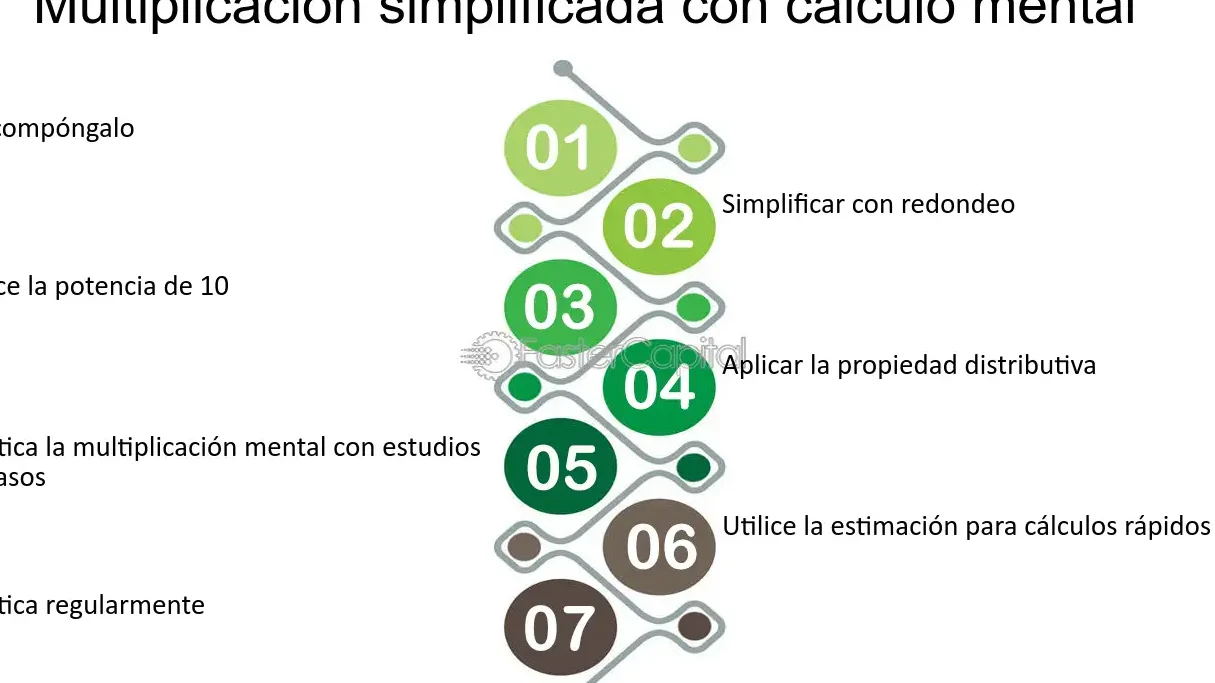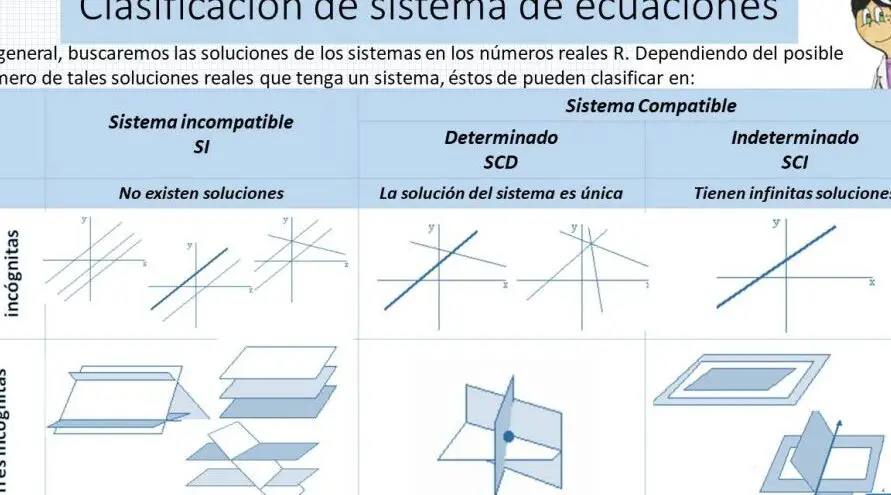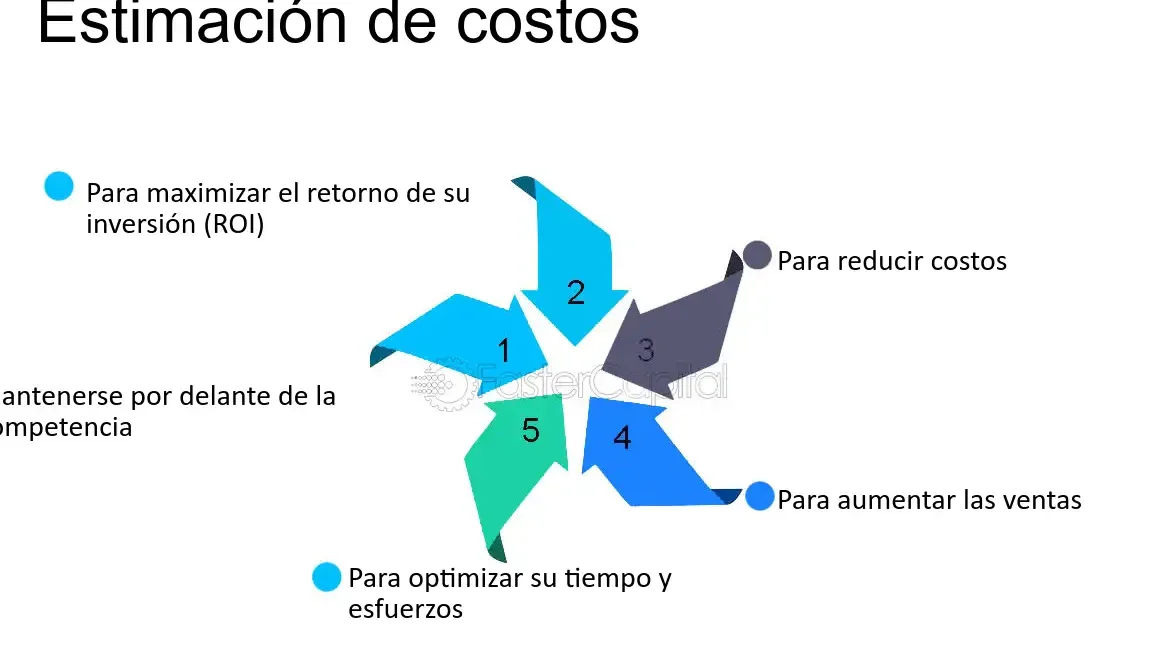Essential foundations of mathematical functions
Essential foundations of mathematical functions: the universal language of numbers. Since time immemorial, mathematics has been the fundamental pillar on which all our knowledge is built. And at the heart of this discipline are mathematical functions, a fascinating set of rules and operations that allow us to understand and model the world around us. In this article, we will explore the basic concepts of mathematical functions and discover how understanding them can open the doors to a universe of possibilities. Get ready to enter the fascinating world of mathematical functions!
Fundamental Principles of Mathematics: A Comprehensive Introduction
Mathematics is a fundamental discipline that is present in various aspects of our daily lives. From basic operations to more advanced concepts, mathematics allows us to understand the world around us and solve problems logically and accurately.
In this article, we will explore the fundamental principles of mathematics and provide a comprehensive introduction to this fascinating field of knowledge.
One of the fundamental principles of mathematics is that of arithmetic. This branch is responsible for the study of numbers and the operations that can be performed with them. From addition and subtraction to multiplication and division, arithmetic is essential for performing basic calculations in our daily lives.
Another fundamental principle is that of geometry. This branch focuses on the study of the shapes, sizes and properties of objects in space. Geometry allows us to understand and describe the world around us, from the shape of a building to the trajectory of a moving ball.
Furthermore, we have the fundamental principle of algebra. This branch deals with the study of relationships and operations between unknown quantities, represented by letters or symbols. Algebra allows us to solve equations and express mathematical relationships in a general way, which is essential in fields such as physics and engineering.
Another important principle is that of Prob. This branch is responsible for the study of random events and the possibility of their occurrence. Probability allows us to calculate the possibility of something happening and make informed decisions based on statistical data.
Last but not least, we have the fundamental principle of logic. Logic is the basis of mathematics and deals with reasoning and valid argumentation. It allows us to build solid arguments and reach conclusions based on logical premises.
The elements and definition of a mathematical function
In mathematics, a function is a relationship between two sets, in which each element of the first set corresponds to a single element of the second set. In other words, a function assigns a unique value to each element of an initial set.
The formal definition of a mathematical function is the following:
Definición: A mathematical function is a rule that assigns to each element of a set called a domain a unique element of another set called a codomain. It is denoted as follows: f: A → B, where f is the function, A is the domain, and B is the codomain.
A mathematical function consists of several important elements:
1. Domain set: It is the input set of the function, that is, all the possible values that can be entered as an argument to the function.
2. Codomain set: It is the output set of the function, that is, all the possible values that can be obtained as a result of the function.
3. Image: It is the set of all the values that the function can take in the codomain set. The image is a subset of the codomain set.
4. Function value: It is the result obtained when applying the function to an element of the domain. It is denoted as f(x), where x is an element of the domain.
5. Print shop: It is a visual representation of a mathematical function. On the graph, the horizontal axis represents the domain and the vertical axis represents the values of the function.
6. reverse function: It is another function that undoes the operation of the original function. If f is a function that assigns to each element x of the domain a value f(x) of the codomain, the inverse function f^(-1) assigns to each element y of the codomain a unique element x of the domain such that = y.
It is important to note that a mathematical function can have different forms of representation, such as an algebraic formula, a table of values or even a graphical representation. In addition, functions can have special properties, such as being linear, quadratic, exponential, logarithmic, among others.
The essential components of a function: Know all the necessary elements
In programming, a function is a block of code that performs a specific task and returns a result. To fully understand how a function works, it is important to know the essential components that make it up. In this article, we will explore the elements necessary to create and use functions effectively.
1. Function name: Each function must have a unique name that identifies it. This name should be descriptive and reflect the task that the function performs. For example, if we create a function to calculate the area of a circle, we could call it “calculateCircleArea.”
2. Parameters: Parameters are values that are passed to the function to be used in its execution. They can be optional or required. For example, in our function to calculate the area of a circle, we could have an optional parameter to indicate the radius of the circle.
3. Function body: The function body is the block of code that defines the task that the function performs. This is where you write the instructions that will be executed when the function is called. For example, in our function to calculate the area of a circle, the body of the function could include the mathematical formula to calculate the area.
4. Return value: A function can return a result using the return statement. This return value can be used by other parts of the program that call the function. For example, in our function to calculate the area of a circle, we could use "return" to return the calculated area.
5. Function call: To use a function, it is necessary to call it from another part of the program. This is done by writing the function name followed by parentheses. If the function has parameters, the corresponding values must be provided when calling it. For example, if we want to calculate the area of a circle with a radius of 5, we would call our function as follows: "calculateCircleArea(5)".
And so we come to the end of this fun journey through mathematical foundations! I hope you enjoyed solving equations and solving unknowns as much as I did. Now that you have mastered the mathematical functions, there is no problem that will resist you. You are like the Batman of mathematics, capable of solving any numerical puzzle!
Remember that mathematical functions are everywhere, from calculating the tip in a restaurant to designing incredible graphics in video games. So don't underestimate the power of numbers, they're like masked superheroes ready to save the math day!
If you ever find yourself in a bind with math functions, don't worry, you can always turn to your trusty calculator or a math friend. It's never too late to ask for help!
I hope you have learned a lot and that you now feel more comfortable navigating the wonderful world of mathematical functions. Remember: math can be fun and exciting if you give it a chance!
See you in the next article, where we will explore the exciting world of integrals. Get ready to dive into the math pool!
Until next time, math friends. May numerical polarity always be on your side!





Post Comment